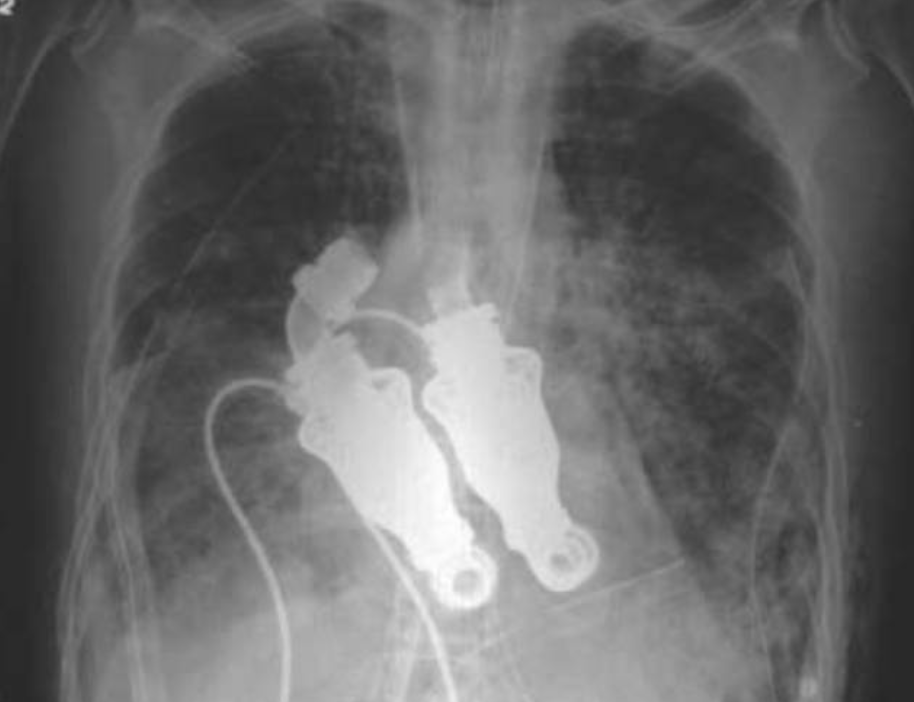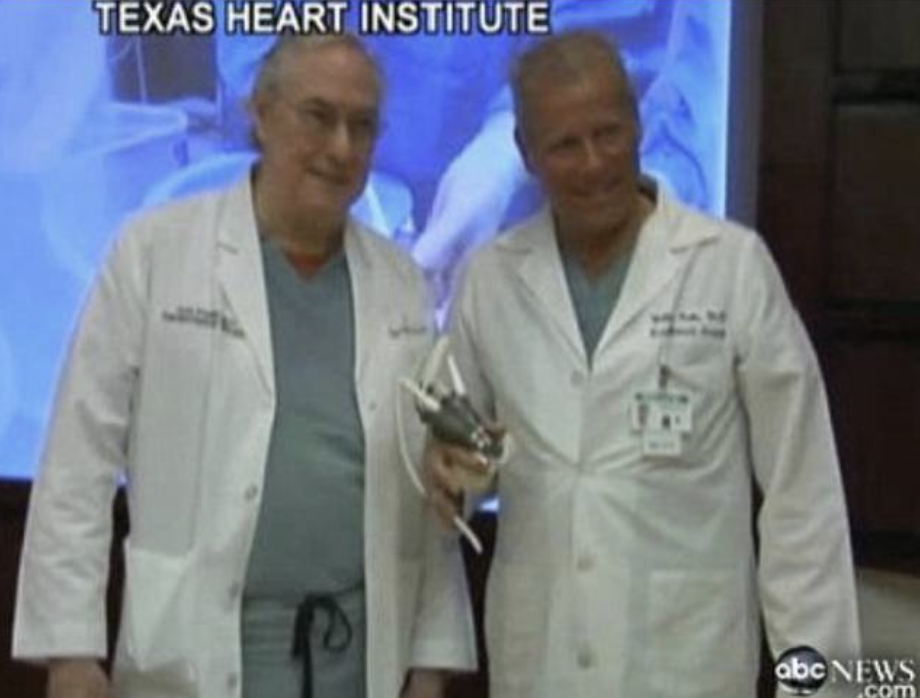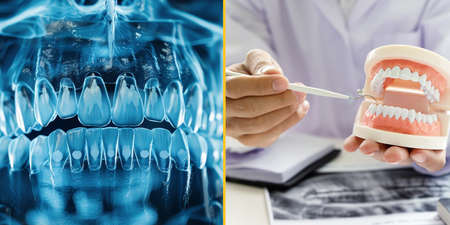‘You never know how much time you have, but it was worth it’
Modern medicine is nothing if not astounding. From the speed of vaccine creation, to surgical procedures straight from science fiction novels – there are new medical revelations being made year after year.
The heart is arguably one of the most vital organs and back in 2011, doctors were able to develop a machine that allowed Craig Lewis to live without a pulse.

After decades of trial and error, two doctors at the Texas Heart Institute developed a device that used whirling rotors to replace the heart’s pumping function.
Dr Billy Cohn and Dr Buz Frazier initially began trials on animals, most notably on an eight-month-old calf named Abigail. By removing her heart and replacing it with two centrifugal pumps, blood was circulated around Abigail’s body without the need for a typical heart.
“By every metric we have to analyse patients, she’s not living,” Cohn told NPR at the time.
“But here you can see she’s a vigorous, happy, playful calf licking my hand.”
The doctors practised on a further 38 calves before progressing onto human trials.
Lewis suffered from amyloidosis, a rare disease that causes a build-up of abnormal proteins that results in rapid heart, kidney and liver failure.
Doctors had given the 55-year-old only 12 hours to live – but his wife Linda was not prepared to give up.
“He wanted to live, and we didn’t want to lose him,” she said.
“You never know how much time you have, but it was worth it.”
Cohn and Frazier were able to remove the man’s heart and replace it with their revolutionary device.
Linda said: “I listened and it was a hum, which is amazing. He didn’t have a pulse.”

Explaining how the device works, Cohn said it was made with: “Dacron on the inside and fiberglass impregnated in silicone on the outside.
“There’s a moderate amount of homemade stuff on here.”
The doctors said that the pump should last longer than other artificial hearts and would even cause fewer problems.
“We look at all the animals, insects, fish, reptiles and certainly all mammals, and see a pulsatile circulation,” Cohn explained.
“And so all the early research and all the early efforts were directed at making pulsatile pumps.
“The pulsatility of the flow is essential for the heart, because it can only get nourishment in between heartbeats.
“If you remove that from the system, none of the other organs seem to care much.”
While Lewis was able to wake up and being recovery, his amyloidosis began to attack his liver and kidneys. He sadly passed away in April of the same year.
While his death was undoubtedly heartbreaking for those close to him, doctors said that his new artificial heart was working flawlessly.
Related links:
- Anti-vaxxers storm Covid testing centre and trash equipment in ‘disgraceful’ protest
- Covid: Nightingale’ surge hubs’ to be set up as NHS goes on ‘war footing’ against Omicron
- Woman tests positive for Covid mid-flight, isolates for five hours in bathroom










































